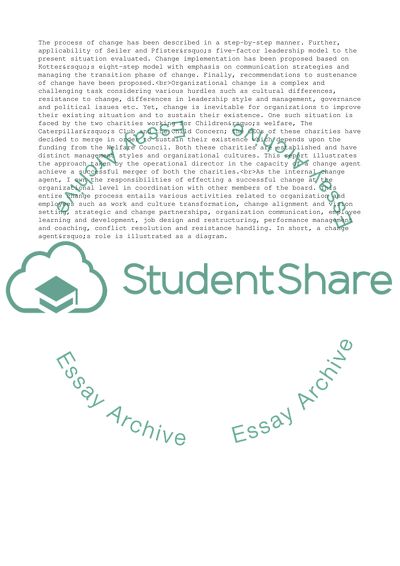Cite this document
(Leadership and Change Management: The Caterpillars Club and the Child Research Paper, n.d.)
Leadership and Change Management: The Caterpillars Club and the Child Research Paper. Retrieved from https://studentshare.org/management/1746328-leadership-and-strategic-change
Leadership and Change Management: The Caterpillars Club and the Child Research Paper. Retrieved from https://studentshare.org/management/1746328-leadership-and-strategic-change
(Leadership and Change Management: The Caterpillars Club and the Child Research Paper)
Leadership and Change Management: The Caterpillars Club and the Child Research Paper. https://studentshare.org/management/1746328-leadership-and-strategic-change.
Leadership and Change Management: The Caterpillars Club and the Child Research Paper. https://studentshare.org/management/1746328-leadership-and-strategic-change.
“Leadership and Change Management: The Caterpillars Club and the Child Research Paper”, n.d. https://studentshare.org/management/1746328-leadership-and-strategic-change.


